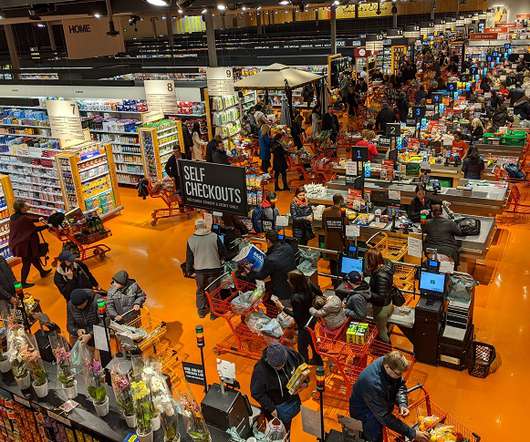The Future of Retail Pricing Strategies in an Unstable Economy
RETAIL MANAGEMENT SOFTWARE
JUNE 25, 2025
For brands in sectors such as apparel, Footwear, Jewelry, Sporting Goods, Home Goods, and Department Stores, finding the right retail pricing strategies is crucial to survival and profitability. Dynamic pricing is especially effective for Apparel and Footwear retailers during sales seasons or product launches.












Let's personalize your content